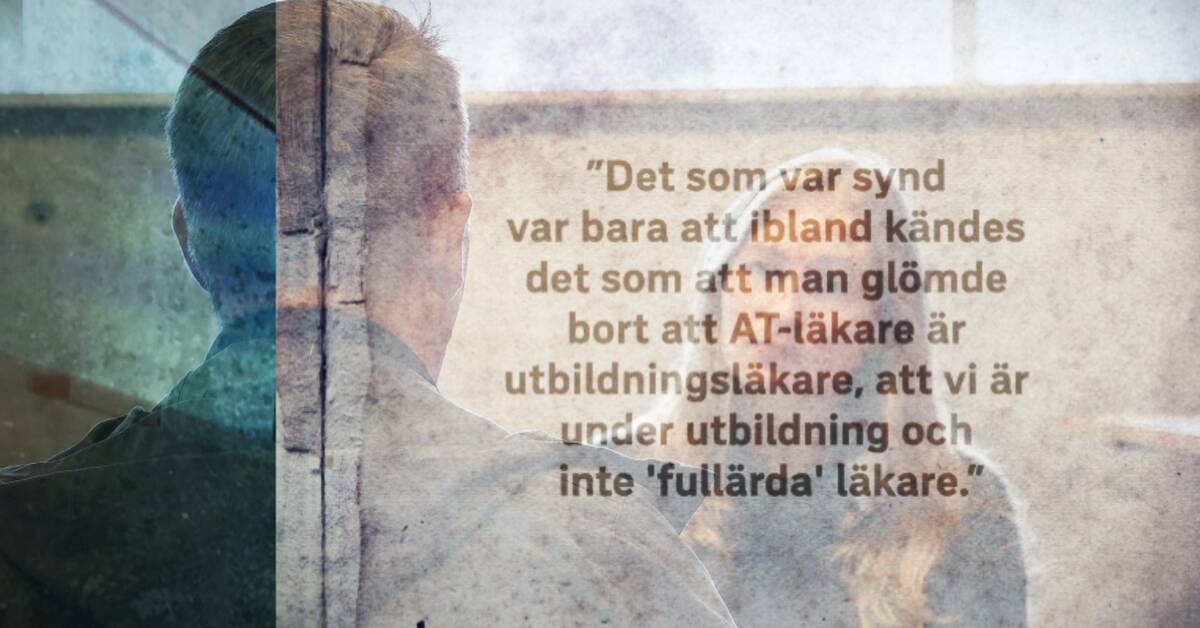"Limitless."
"Definitely discourage younger colleagues from doing AT there."
“Definitely no education.”
This is how a doctor, whom we have chosen to call Nils, describes Sollefteå Hospital.
He is one of the former AT doctors who served at the hospital.
He says that the long work shifts created anxiety about patient safety.
To give a little insight – during a 24-hour work shift, which AT doctors have two to three times a week, unlicensed doctors staff the emergency room for a day.
They are then also responsible for an intensive care unit, a cardiac intensive care unit, a unit for children up to 18 years of age, a stroke unit, a medicine unit and a post-operative unit.
At the same time, paramedics call and ask if someone should come into the emergency room or not.
- Patients do not really receive the level of medical assessment that they should receive.
In the end, they may get the care they need, but the road to get there will definitely be longer, as the person who first meets the patients is the one with the least experience and is under enormous, enormous pressure, says Nils.
No education – there to produce
- The AT doctor also has a varied level of support, from what we call back-call.
Mostly good, but sometimes it could be lower level and the communication didn't work so well.
Nils did not feel that his time at Sollefteå hospital was to be educated – instead, as he puts it, the AT doctors were to produce.
- Actually, it has been a game for the galleries.
It is a requirement to do AT to get your ID.
The content has been completely pointless.
The time, that you have been there and that you have produced has been what counted.
There has not been a focus on education at all, he says.
Hear in the clip when the doctor Nils talks about anxiety about patient care and how the work environment for AT doctors threatens patient safety.

